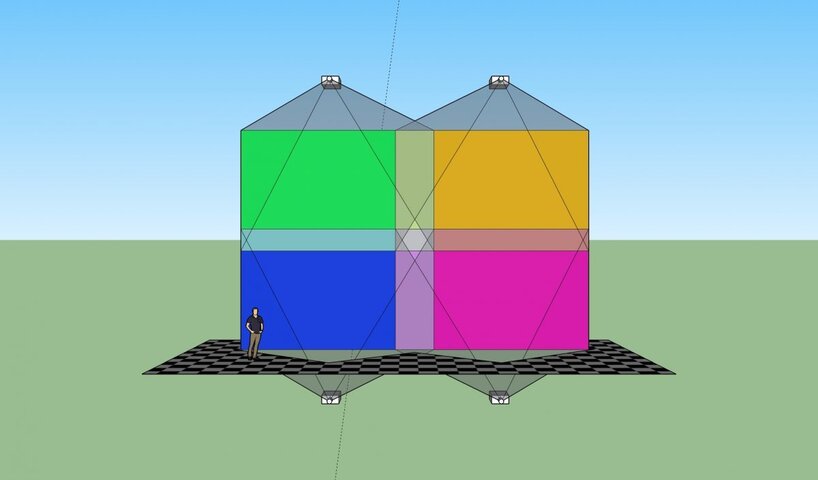Just for some input, a video team at a large amusement
park (scale down as needed to work) on the convention side, so not a daily operations show, would have anywhere from 2 to 10 (and sometimes more for bigger shows) techs working an event.
A little background, this is a
venue that has infrastructure already installed, including
venue wide switching and routing, 5 playback machines (both
Mac and PC) with routing for up to 15, Fiber and
SDI backbone run throughout
venue (we still had to do the "last mile" connections, to steal a term from the telco.)
Depending on the complexity of the event it could be run with one engineer and one tech (if it's just put a
logo up on an existing
screen and don't change it then just a single person) but those were mostly just
power points or similar. For most events that was switching, video playback, and maybe live camera that would go up to 4 or 5 (not including camera operators or their support people (
shader,
grip, ect.) That's an engineer (who may also
switch, if not then an extra
switcher) one or two graphics/playback people, and one or two projectionist/general techs for install/
strike.
For larger events with lots more equipment, remote booths, and lots of content the number of techs on the video crew could shoot way higher. Oh and we also didn't make any content in
house, it was all provided by clients. There is an editing bay but that's mostly just to configure
logo's and videos to work with the
system. Hard fast rules that not allowed to change modify content beyond that without client approval, in writing.
Now to loop this around a
bit to a smaller community theater that I worked with recently. Their video team consisted of 3 people. 1 Engineer who did most of the work of creating the content, deciding what needed to go where, and programming it. Then 2 techs who kinda knew the rig who could assist with install and
strike as well as operating. But it leaned really heavy on the engineer who did all the work. I hate situations with a single
point of failure like that but as has been stated above people with those skills are few and far between and most won't put in the amount of hours needed for the small pay that most theaters can come up with.



